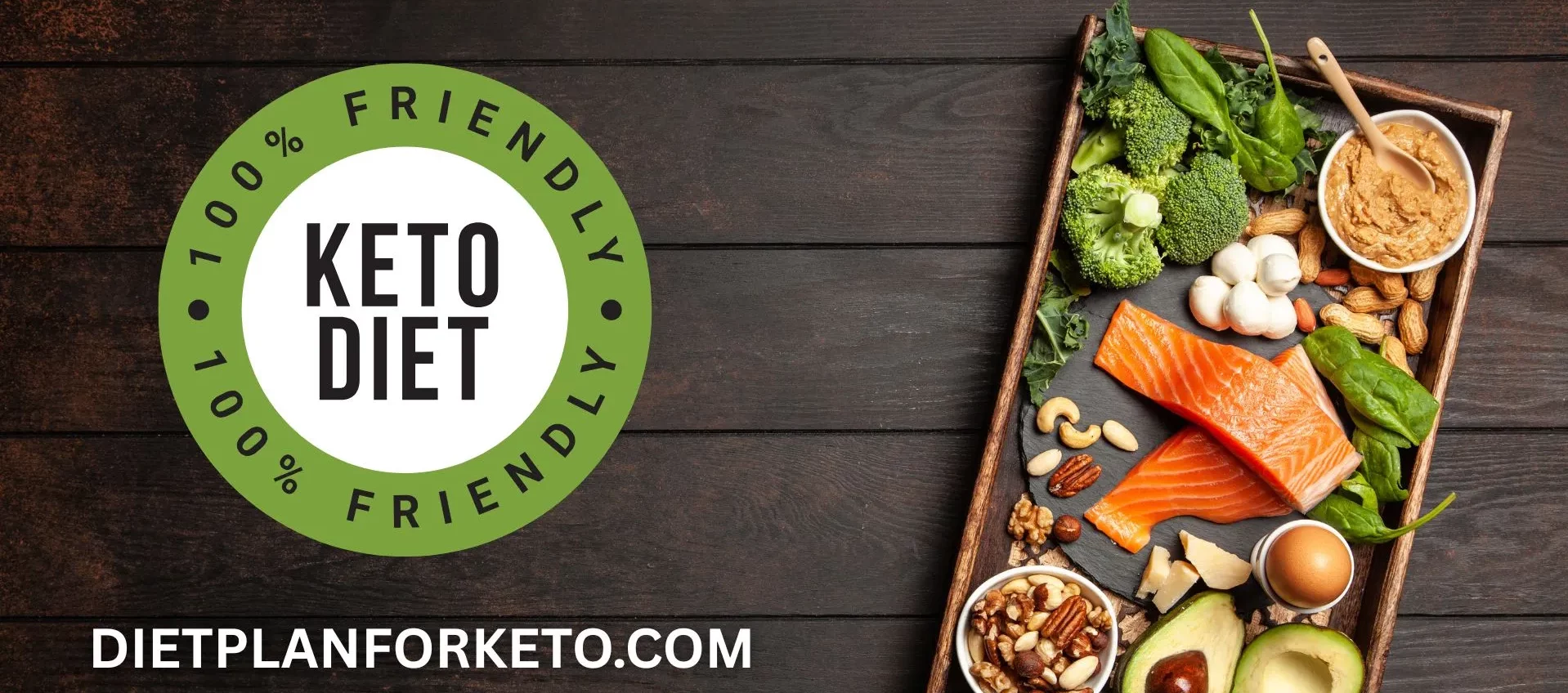The lazy keto approach is a simplified way to follow a ketogenic diet that focuses on limiting carbs without the need for meticulous tracking. It’s a fantastic choice for those who want the benefits of a low-carb lifestyle without the complexity, making it a practical option for many.
Table of Contents
- Introduction to the Lazy Keto Method
- What Makes This Approach Different from Strict Keto?
- How the Low-Tracking Keto Approach Works (The Science Behind It)
- Benefits of the Simplified Keto Method
- Challenges and Potential Drawbacks
- Getting Started with a Low-Tracking Keto Lifestyle
- Foods to Eat and Avoid
- Simple Keto Meal Planning and Recipes
- Common Mistakes and How to Avoid Them
- Success Stories and Real-Life Tips
- Pros and Cons of This Low-Tracking Approach
- Conclusion
- Further Reading and Resources
Introduction to the Lazy Keto Method
This simplified keto approach has become a popular alternative to traditional ketogenic diets, primarily because it focuses on reducing carbs without meticulous tracking of every macronutrient.
Instead of tracking every gram of fat, protein, and carbs, this method requires you to keep your carbohydrate intake low, typically under 20-50 grams per day. This makes it significantly easier to follow, especially for busy individuals or those new to the low-carb lifestyle.
This approach mainly focuses on reducing carbs without as much emphasis on hitting exact fat or protein targets. This flexibility can be both a blessing and a challenge, which we’ll explore throughout this guide.
What Makes This Approach Different from Strict Keto?
Strict keto demands precise tracking of all macronutrients (fat, protein, carbs), aiming for a high-fat, moderate-protein, and very low-carb ratio. In contrast, this low-tracking approach prioritizes staying under a specific carb limit but doesn’t require detailed tracking of fats and proteins, making it more accessible and less time-consuming.

How the Low-Tracking Keto Approach Works (The Science Behind It)
The primary goal of any ketogenic diet, including this simplified version, is to achieve a metabolic state called ketosis, where your body burns fat for fuel instead of glucose. By significantly reducing carbohydrate intake, this approach forces the body to use stored fat as its primary energy source. This process can lead to weight loss, improved energy levels, and better mental clarity.
Ketosis occurs when your liver produces ketones from fat, providing a steady source of energy for your brain and muscles. This low-tracking method supports this process without the meticulous tracking required in traditional keto.
Benefits of the Simplified Keto Method
- Simplicity and Flexibility: Less tracking, more freedom.
- Faster Weight Loss: Burns fat more efficiently.
- Better Energy and Focus: Consistent energy from ketones.
- Reduced Hunger and Cravings: High-fat foods keep you fuller longer.
- Improved Blood Sugar Control: Lower carbs can stabilize glucose levels.
Challenges and Potential Drawbacks
- Lack of Nutritional Balance: Risk of nutrient deficiencies.
- Plateaus and Stalls: Without careful planning, progress can slow.
- Social Pressure and Eating Out: Can be challenging in social settings.
- Digestive Issues: High-fat diets can sometimes cause stomach problems.
Getting Started with Lazy Keto
Starting this approach is straightforward. Focus on eliminating high-carb foods and replacing them with nutrient-dense, low-carb alternatives. Track your carb intake, but don’t stress about hitting exact fat or protein targets. Aim for whole, unprocessed foods as much as possible.
Foods to Eat and Avoid
Eat:
- Meat, poultry, and seafood
- Low-carb vegetables (spinach, broccoli, zucchini)
- Healthy fats (avocado, olive oil, butter)
- Full-fat dairy (cheese, heavy cream)
Avoid:
- Sugar and sugary foods
- Grains and high-carb fruits
- Starchy vegetables (potatoes, corn)
- Processed foods high in carbs
Simple Keto Meal Planning and Recipes
Plan simple, delicious meals that fit within your carb limits. Try recipes like:
- Keto egg muffins
- Avocado bacon salad
- Cauliflower rice stir-fry
Common Mistakes and How to Avoid Them
- Not tracking carbs accurately
- Relying too much on processed keto snacks
- Ignoring hydration and electrolytes
- Forgetting about portion control
Success Stories and Real-Life Tips
Hearing from others who have succeeded with this approach can be incredibly motivating. Many people find that this method makes it easier to stick to their goals without feeling deprived.
Pros and Cons of Lazy Keto
Pros:
- Simple and easy to follow
- No need for precise tracking
- Flexible meal options
Cons:
- Risk of missing nutrients
- Potential for slower results
- Can be challenging socially
Conclusion
This low-tracking approach offers a straightforward path to weight loss and improved health without the strict rules of traditional keto. However, it’s essential to stay mindful of your overall nutrition to maximize the benefits. Remember, the best diet is one you can stick to long-term.
Further Reading and Resources
For a deeper dive into the ketogenic lifestyle, check out this Ultimate Keto Guide.
